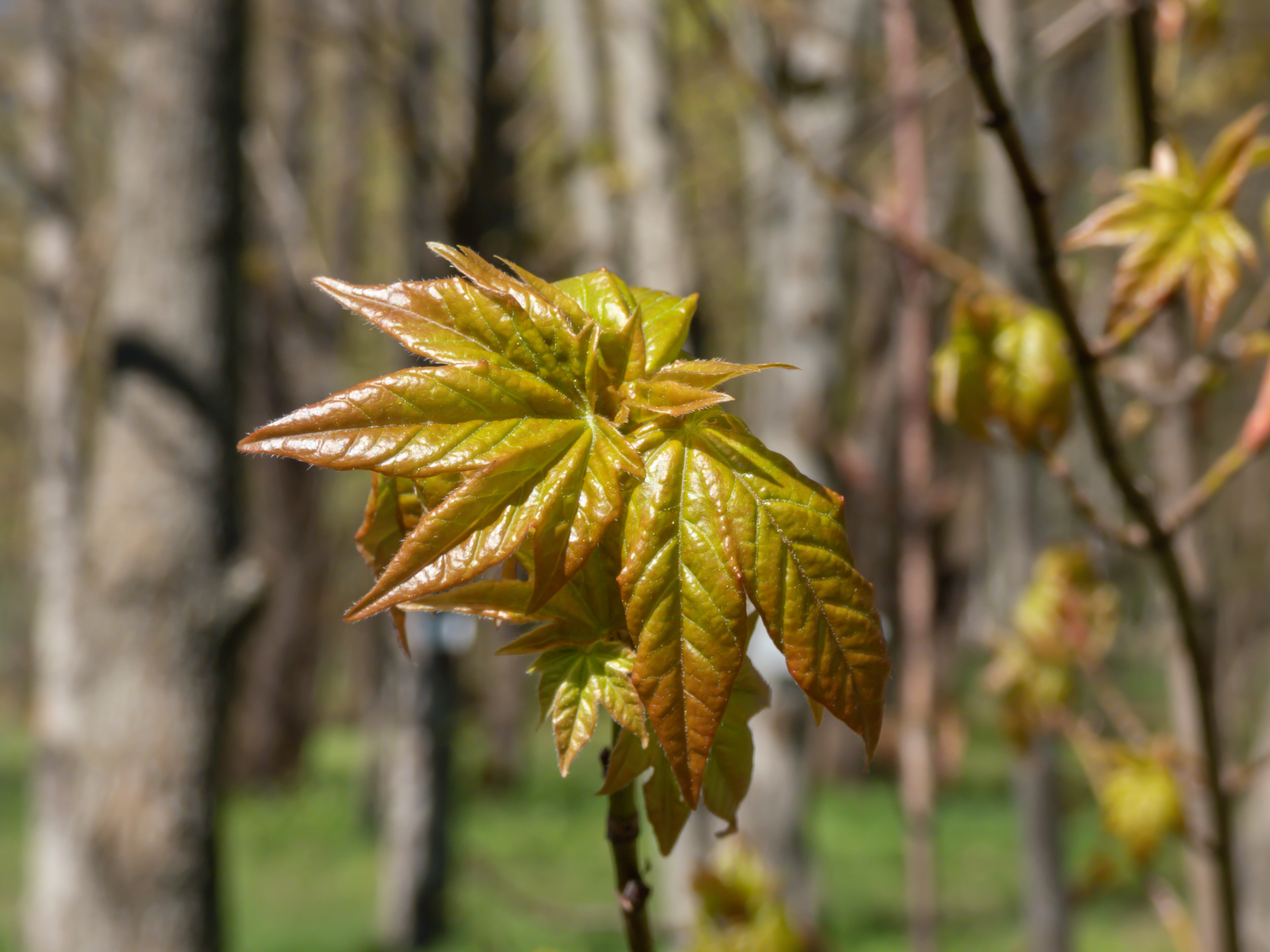Cappadocian maple
(Acer cappadocicum)

Description
Acer cappadocicum, the Cappadocian maple, is a maple native to Asia, from central Turkey (ancient Cappadocia) east along the Caucasus, the Himalaya, to southwestern China. It is a medium-sized deciduous tree growing to 20–30 m tall with a broad, rounded crown. The leaves are opposite, palmately lobed with 5-7 lobes, 6–15 cm across. The leaf stems bleed a milky latex when broken. The flowers are in corymbs of 15-30 together, yellow-green with five petals 3–4 mm long; flowering occurs in early spring. The fruit is a double samara with two winged seeds, the seeds are disc-shaped, strongly flattened, 6–11 mm across and 2–3 mm thick. The wings are 2.5–3 cm long, widely spread, approaching a 180° angle. The bark is greenish-grey, smooth in young trees, becoming shallowly grooved when mature. Cappadocian maple is grown as an ornamental tree in Europe. Many of the trees in cultivation show a strong tendency to produce numerous root sprouts, a character rare in maples.The hybrid maple Acer × zoeschense shares this character and probably has Acer cappadocicum as one of its parents. Acer is a genus of trees and shrubs commonly known as maples. The genus is placed in the family Sapindaceae. There are approximately 132 species, most of which are native to Asia, with a number also appearing in Europe, northern Africa, and North America. Only one species, Acer laurinum, extends to the Southern Hemisphere. The type species of the genus is the sycamore maple, Acer pseudoplatanus, the most common maple species in Europe. The maples usually have easily recognizable palmate leaves (Acer negundo is an exception) and distinctive winged fruits. The closest relatives of the maples are the horse chestnuts. Maple syrup is made from the sap of some maple species. Most maples are trees growing to a height of 10–45 m (33–148 ft). Others are shrubs less than 10 meters tall with a number of small trunks originating at ground level. Most species are deciduous, and many are renowned for their autumn leaf colour, but a few in southern Asia and the Mediterranean region are evergreen. Most are shade-tolerant when young and are often riparian, understory, or pioneer species rather than climax overstory trees. There are a few exceptions such as sugar maple. Many of the root systems are typically dense and fibrous, inhibiting the growth of other vegetation underneath them. A few species, notably Acer cappadocicum, frequently produce root sprouts, which can develop into clonal colonies.
Taxonomic tree:







